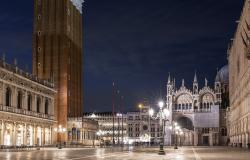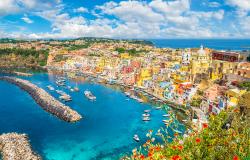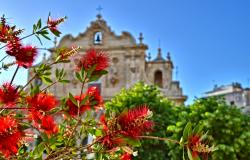Touring Rome’s Magnificent Fountains
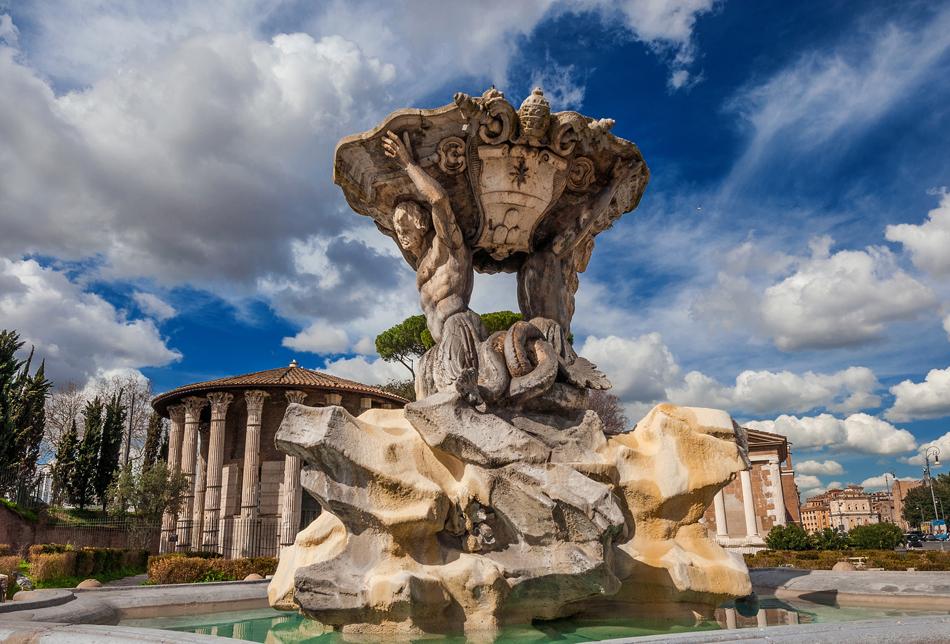
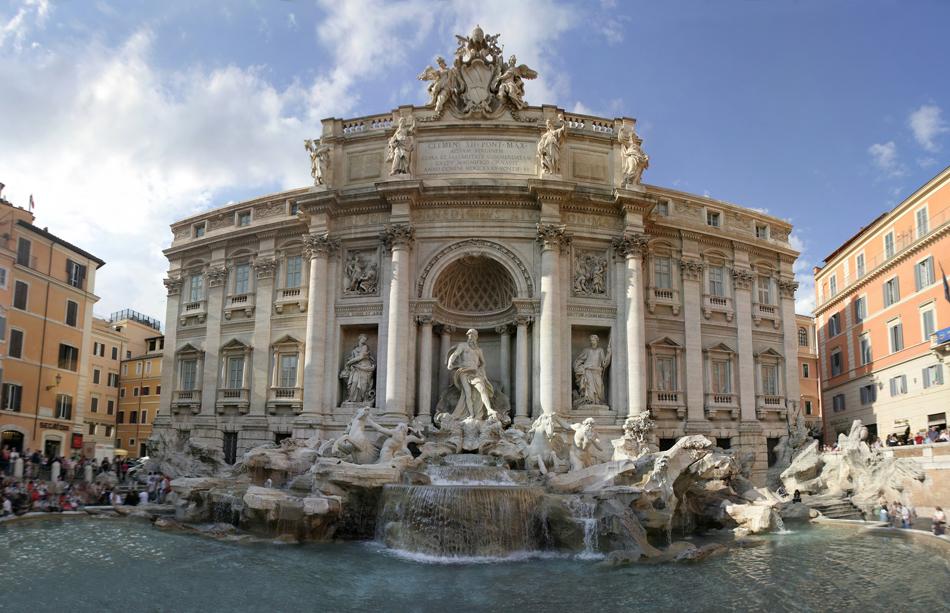
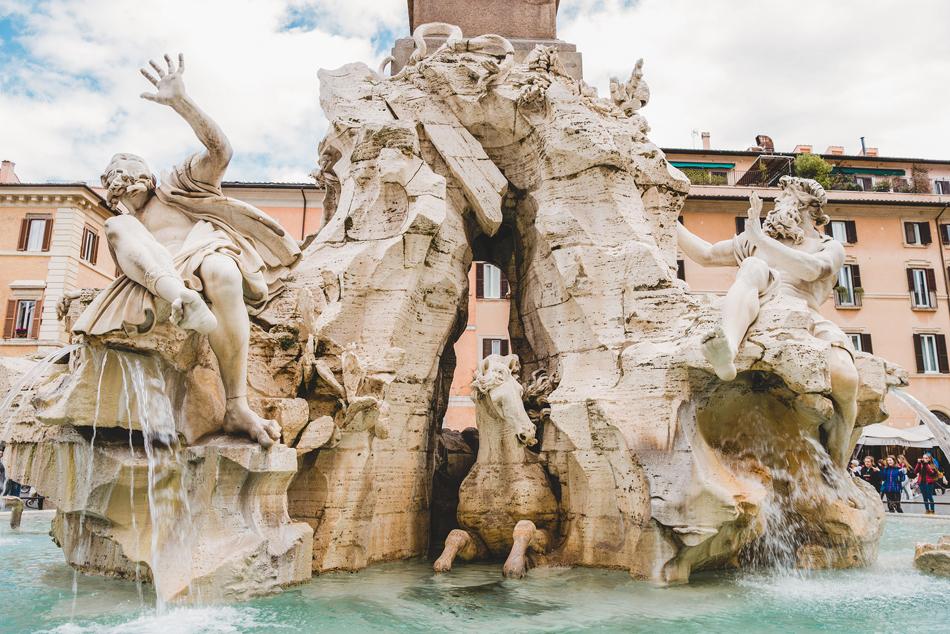

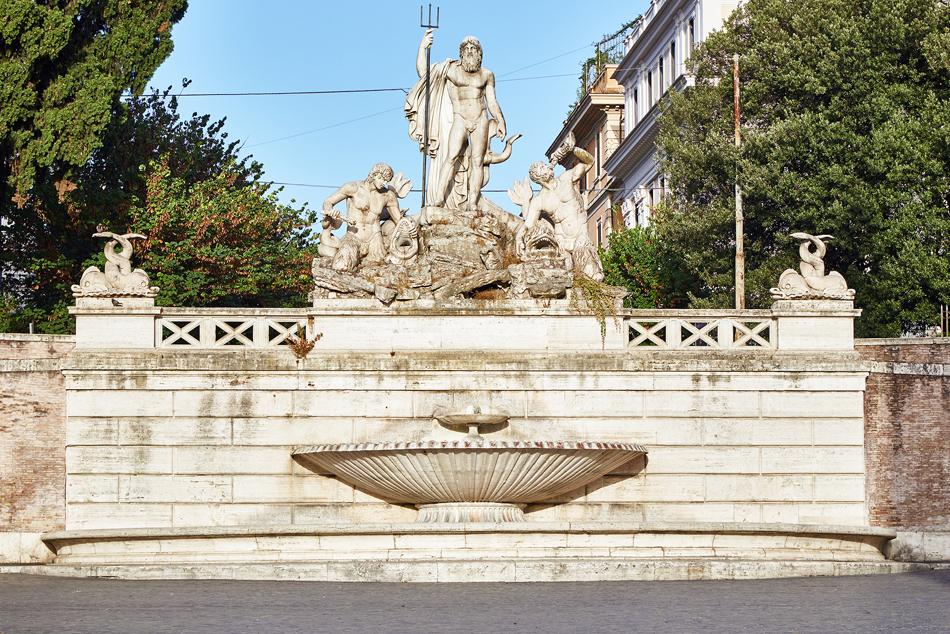
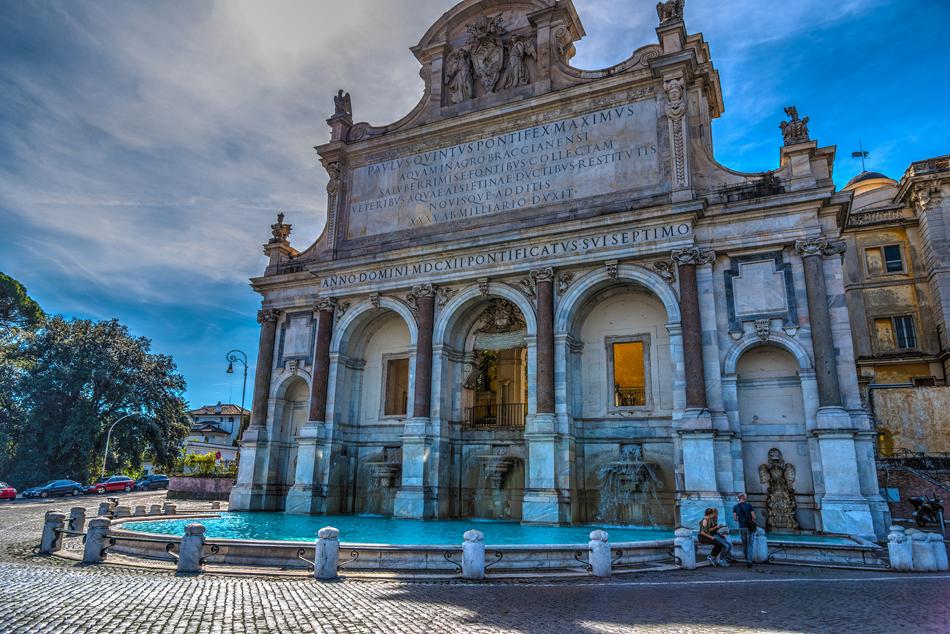
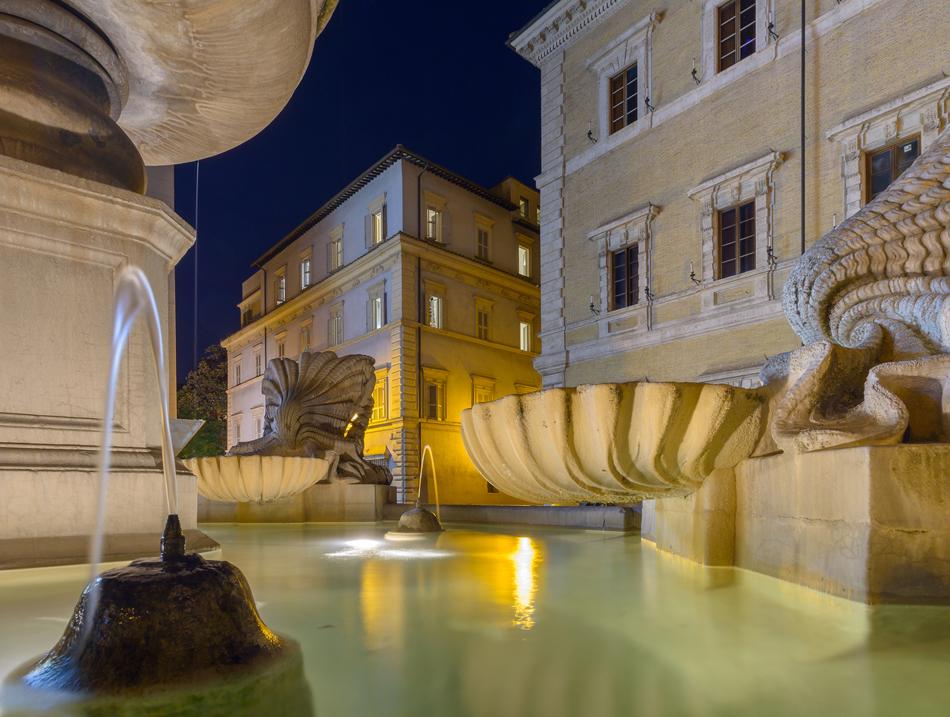
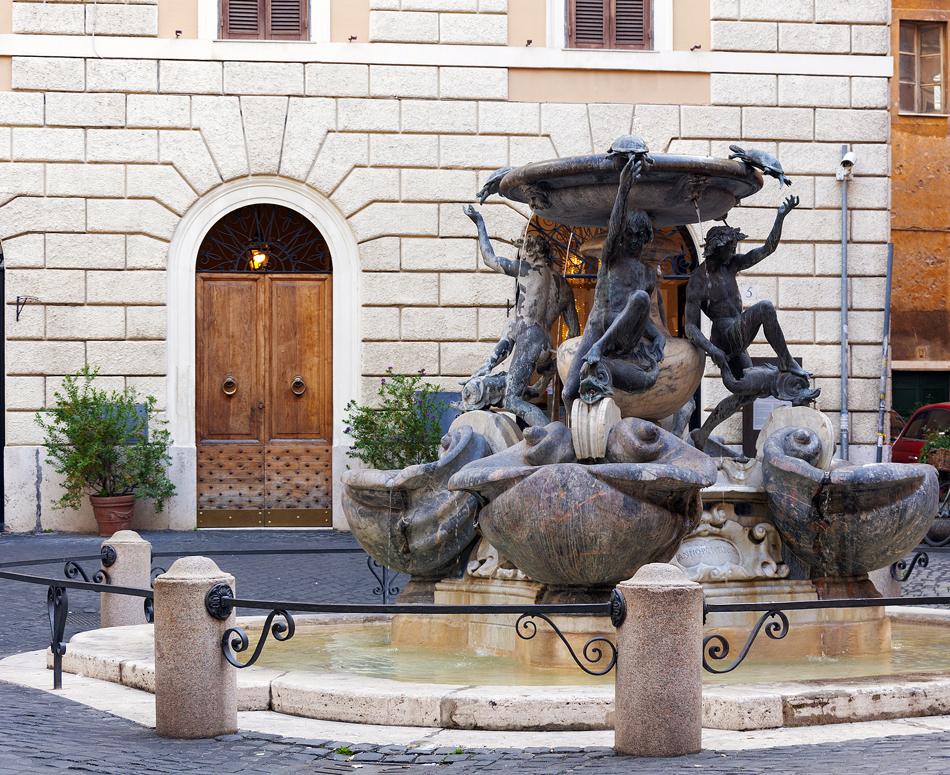
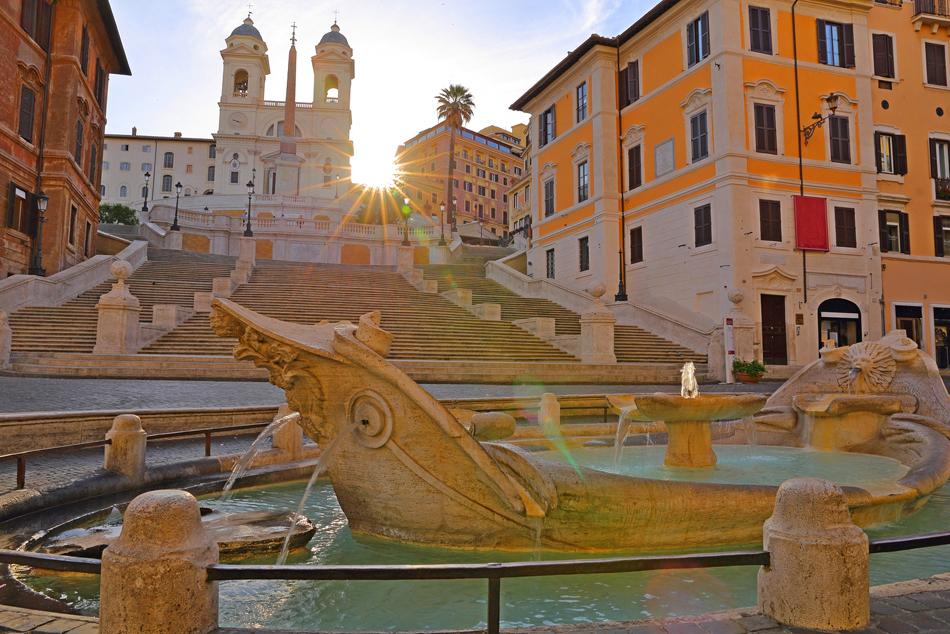
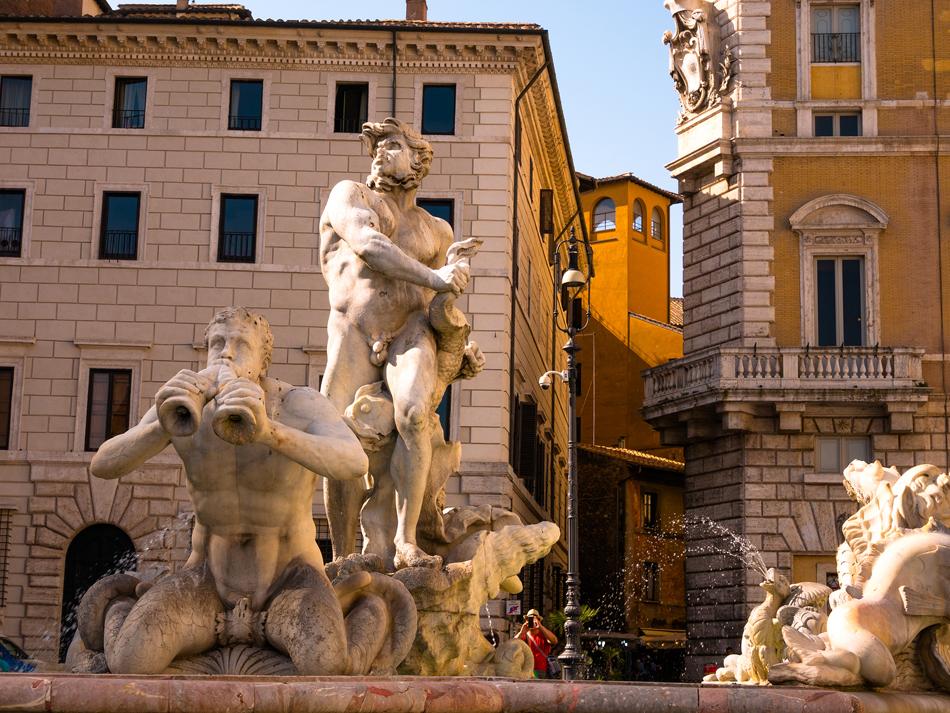
Rome is dotted with fountains – hundreds of them. From monumental to small, the city’s architectural landscape is very much characterized by the presence of ‘fontane,’ which for the past 2,000 years have decorated the squares and provided drinking water.
During the Roman Empire, Rome had eleven aqueducts providing water for 39 monumental fountains and 591 public basins, in addition to the emperor’s house, private villas and public baths. The aqueducts fell into disrepair after the fall of the Western Roman Empire and it wasn’t until the Renaissance that some of them began being restored. In 1453, Pope Nicholas V ordered the restoration of the Acqua Vergine, which brought clean drinking water from 13 km away.
Pope Nicholas V also revived the Roman custom of marking the arrival point of an aqueduct with a mostra, a grand commemorative fountain. He commissioned the architect Leon Battista Alberti to build a wall fountain where the Trevi Fountain is now located. Rome’s most famous fountain is still fed by aqueduct water from the same sources of the ancient Aqua Virgo.
During the Renaissance, additional new fountains were built, one of the first was the fountain in Piazza Santa Maria in Trastevere (1499), whose design, based on an earlier Roman model featuring a circular vasque on a pedestal pouring water into a basin below, became the model for many other fountains in Rome.
During the 17th and 18th century, Roman popes reconstructed other ruined Roman aqueducts and built new display fountains to mark their end point. This was the golden age of the Roman fountain, which became the expression of the new style of Baroque art, where the sculptures took center stage, and water served to animate and decorate them. Prime examples include the Fountain of St. Peter’s Square by Carlo Maderno, the fountains in Piazza Navona by Giacomo della Porta and Gian Lorenzo Bernini, and of course the Trevi Fountain.
Feeling hot? Take a tour of Rome’s magnificent fountains (but please refrain from splashing into them when you visit).
